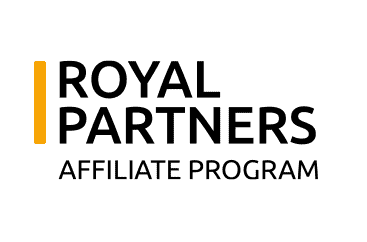India to Scrap Digital Ad Tax: What It Means for Affiliate Networks and Global Advertisers

India is preparing to ditch its controversial digital services tax, known as the Equalisation Levy, in a move designed to ease trade tensions with the United States and encourage global tech investment.
Introduced in 2016 and expanded in 2020, the levy added a 2% tax on revenue earned by foreign digital companies from Indian users. It applied to a wide range of services, including online advertising, e-commerce, and affiliate commissions — and it quickly became a source of friction between India and global firms like Google, Amazon, and Facebook.
Now, after years of negotiation, India has agreed to phase out the tax and instead adopt the OECD’s global tax framework, which aims to create a more uniform approach to taxing multinational tech giants.
So why does this matter to affiliate and digital marketers? Because it changes the rules — and potentially opens up India to even more international partnership, investment, and cross-border performance marketing.
What was the Equalisation Levy?
At its core, the levy was designed to ensure that foreign digital companies paid their fair share of tax when making money from Indian users. But in practice, it caused problems for affiliates, advertisers, and platforms alike.
For affiliates, it created confusion around commissions, tax withholding, and reporting. Many networks were unsure whether the tax applied to performance-based fees, especially when traffic and sales flowed between countries.
For advertisers, it increased the cost of running campaigns in India — particularly on platforms like Google Ads, which passed the 2% charge directly to customers. That made India a more expensive market to test or scale, especially for smaller brands.
And for platforms, it created a patchwork of obligations that didn’t line up with global tax standards.
Why it’s being dropped now
The move to scrap the levy comes as part of India’s broader agreement with the OECD and G20 nations to implement a global minimum tax on multinational corporations. The goal is to stop the so-called “race to the bottom” on corporate tax rates, and instead allocate profits more fairly based on where companies do business — not just where they’re headquartered.
For India, scrapping the levy removes a long-standing trade dispute with the US, which had threatened retaliatory tariffs on Indian goods in response to what it called a discriminatory tax.
It also positions India as a more open, predictable market for global tech and media companies — many of whom have invested heavily in local teams and infrastructure.
What this means for affiliate networks
Affiliate marketing has grown fast in India over the past few years, fuelled by the rise of e-commerce, smartphone adoption, and performance-driven models.
But the tax created friction. International networks often hesitated to expand aggressively into India, worried about compliance issues, legal grey areas, and whether local payments would be taxed again.
With the levy removed, those barriers become easier to navigate. Affiliate networks can:
- Partner more confidently with Indian publishers and creators
- Offer clearer commission structures without extra tax charges
- Settle payments more easily, without risk of local deductions
- Attract more Indian advertisers to global programmes
It also reduces confusion for influencers and creators earning commission through platforms like Amazon Associates or TikTok Shop. The tax layer that sat awkwardly between global platforms and local users will now be phased out.
Implications for Digital Advertisers
For global brands running campaigns in India, this is a win. The removal of the 2% surcharge on platforms like Google, Meta, and Amazon could reduce media costs, free up budget for testing, and make India a more attractive market for scaling.
India is already a high-growth, mobile-first market with a young population and rising spending power. With tax complexity reduced, advertisers now have fewer excuses not to invest.
It also signals a shift toward consistency. Marketers who operate across multiple countries can plan budgets more effectively when tax structures are predictable and aligned with global norms.
What to watch for next
The details of how the transition will work are still being finalised, but it’s expected that the levy will be phased out gradually as the OECD framework kicks in.
Affiliate platforms and advertisers should stay in close contact with their tax advisors and legal teams to ensure compliance during the transition.
There’s also a bigger picture to consider. If this shift leads to more international affiliate activity in India, local publishers and creators could see new opportunities to monetise content, reach global audiences, and join high-value programmes that were previously out of reach.
Final thoughts
Scrapping the digital ad tax might sound like a dry policy change, but it could have a big impact on how the affiliate industry grows in India.
Less friction. More investment. A bigger pool of advertisers and partners.
For affiliate marketers with global ambitions, India just became a more attractive — and more accessible — place to do business.






